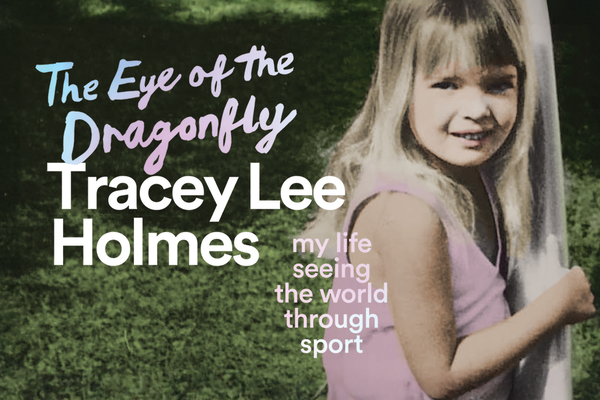William Holmes' wish list
Our very first Collector was on top of his job from day one.
Taxidermy - the art of preserving, stuffing and mounting animals has been practised and perfected over hundreds of years, but older specimens in particular can be a health or fire risk, depending on how they were preserved.
This Taxidermist's Manual gives insight into taxidermy practice during the 1880s, but prior to the publication of manuals such as this, preservation was very much up to the individual taxidermist. As George Hangay, taxidermist and project manager at the Museum stated in a 1992 talk on Mammal and Bird Preparation:
‘One of the main problems in identifying how old mammal and bird specimens were prepared is that individual taxidermists had their own individual methods. These were often kept secret for commercial reasons but often resulted from what materials were available…’
The following request for collection and preservation equipment is the transcript of the earliest correspondence we have in reference to William Holmes, who was appointed collector for the museum on 16th June 1829. I was impressed that he was so well across his job that he was able to work out what he needed and request supplies the very day that he was appointed.
No 29/347
Colonial Secretary’s Office
Sydney, 16th June 1829
Sir
I am directed by His Excellency the Governor to request that the following articles may be supplied on the application of Mr. W. Holmes, viz
1 One lb of corrosive sublimate of Mercury
½ half gallon Sprits of Wine
2 Two lbs Saltpetre
½ half lb Camphor
1 One lb Gunpowder
6 Six lb Shot
3 Three lb Flax
} for the purpose of preserving birds
and purchased if not in store.
I have etc “Signed” Alex McLeay
James Laidley Esq.
Deputy Commissary General
[from NSW STATE RECORDS Copies of Letters Sent to Engineering and Public Works Officers: 6 Oct 1826-31 Page 227]
By the middle of the 18th century taxidermists were drying and preserving specimens with salt, herbs, alum, spices or tobacco, but this was only effective in the short term and didn‘t stop the specimens from eventually smelling nasty. So they experimented with strong poisons such as corrosive sublimate of mercury, which was commonly applied to the specimens to protect against insect, bacterial and fungal damage.
This was essentially mercuric chloride and was highly toxic; its use was largely replaced by arsenic from about 1850. Saltpetre, or nitrate of potash, was also used as a preservative as it inhibits the growth of some bacteria, and camphor is still in use today as an insect repellent. In the late 18th century, Jean-Baptiste Bécoeur invented an arsenical soap which was the preservation miracle of its time, and consisted of camphor, arsenic oxide, carbonate of potash and lime powder. It appears that William Holmes was following well established principles with his request for supplies.
As for the remaining items, the shot and powder were used for collecting, and the flax was probably required to stuff the birds. However, many different substances from straw to tobacco have been found keeping the old specimens in shape, and the flax may have been flax oil, applied to keep the birds from drying out and becoming brittle.
So, while William Holmes’ wish list does not detail exactly how our oldest specimens were preserved, we are very happy to have access to this early record of the business of our Museum.
Additional information
- Fernando Marte, Amandine Péquignot, and David W. Von Endt, Arsenic in Taxidermy Collections: History, Detection, and Management
- History of the Exhibition and Preparation Department - Australian Museum












